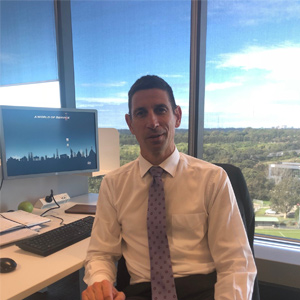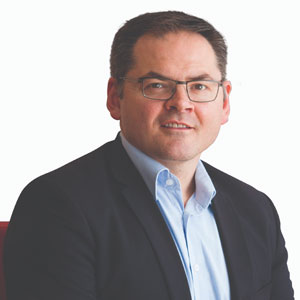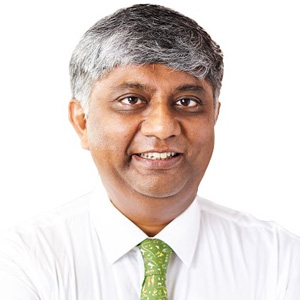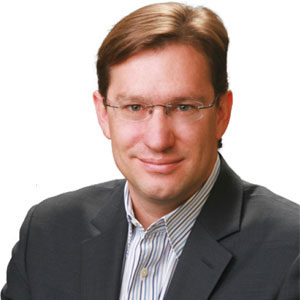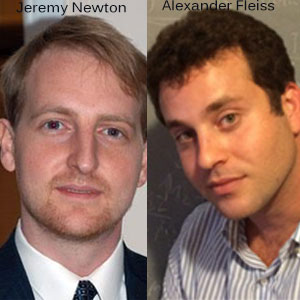THANK YOU FOR SUBSCRIBING
Editor's Pick (1 - 4 of 8)

Cultivating Fit-For-Purpose AI
Gautam Aggarwal, Senior Vice President, Operations & Technology, Asia Pacific, Mastercard (ASX – DHG)

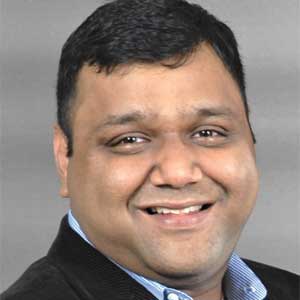
Gautam Aggarwal, Senior Vice President, Operations & Technology, Asia Pacific, Mastercard (ASX – DHG)
Combating Drift
As AI systems grow in size and impact, they become increasingly vulnerable to concept drift.
Concept drift happens when the relationship between the inputs a model receives and its target insights change or degrade over time and become outdated, thereby making an AI model’s output less accurate. For example, at Mastercard, the growth of e-commerce has greatly expanded the sources of data we have to monitor fraud, but also expanded the opportunities for fraud to happen. Further, the size and breadth of our systems means that finding and eliminating one kind of fraud can move the market to develop new kinds of illicit activities, essentially driving concept drift in our own environment.
To combat this, we have developed and deployed a second autonomous monitoring system, ‘AI for AI’, to oversee the machine-based system used for fraud prevention. This second independent system continually tracks the inputs and outputs of the first, and flags any anomalies that could signal drift.
This structure sharpens our fraud monitoring and analysis, and reduces the consumer inconvenience of false declines. Mastercard’s SafetyNet product, built on our AI technology, prevents billions of dollars in potential fraud losses every year. At the same time, it has greatly improved the rate of false declines, which results in increased consumer convenience and sales transactions for merchants and issuers.
We are also ever-improving the data we have to analyze. For example, our recent acquisition of NuData allows us to identify and feed unique biometric –for example the way one holds and handles a phone, an individual’s patterns when flipping through apps–into our fraud analytics. This helps us more accurately authenticate the user and adds to the precision of our SafetyNet monitoring.
Planting the AI Seed
While AI plays a powerful role in improving and enhancing our fraud mitigation capabilities, people play an equally important part in deciding how to act on new information and patterns as they arise, and adjusting the system to maintain the quality of the AI inputs and outputs.
Finding the right talent to build and manage AI in this way is a challenge all organizations face. Like many companies, Mastercard is investing in preparing the next generation of technologists. Through programs like our signature Girls4Tech, designed to encourage school-age girls around the globe to pursue STEM careers, we’ve reached more than 400,000 young women. We recently announced a new AI curriculum to the Girls4Tech program, introducing these critical tech skills for the future.
While much is being done to get more students involved with STEM curriculum, and tech companies are providing easier routes into new professions, companies need to invest more in upskilling workers.
At Mastercard, learning is the new currency at all levels of the organization. We give our tech employees regular opportunities to continue learning and upskill in hot fields like AI and cybersecurity. We drive a continuous learning culture, including freeing up more time for employees to take advantage of educational opportunities and encouraging non-traditional training programs–because the best upskilling programs aren’t solely academic. They empower stronger human-machine collaborations through environments where employees experiment and learn to work with AI as it’s being applied within their industry. They are also designed with the expectation that data will constantly evolve, new patterns will continuously emerge, and more roles will be needed to manage and monitor AI and machine learning systems.
All of this skills development requires upfront investment–and a lot of patience–but the rewards of the effort can be great.
AI and machine learning systems promise to deliver ground-breaking insights and precision decision-making for those who focus on “cultivating” them within an organization rather than building them.
Weekly Brief
I agree We use cookies on this website to enhance your user experience. By clicking any link on this page you are giving your consent for us to set cookies. More info
Read Also



